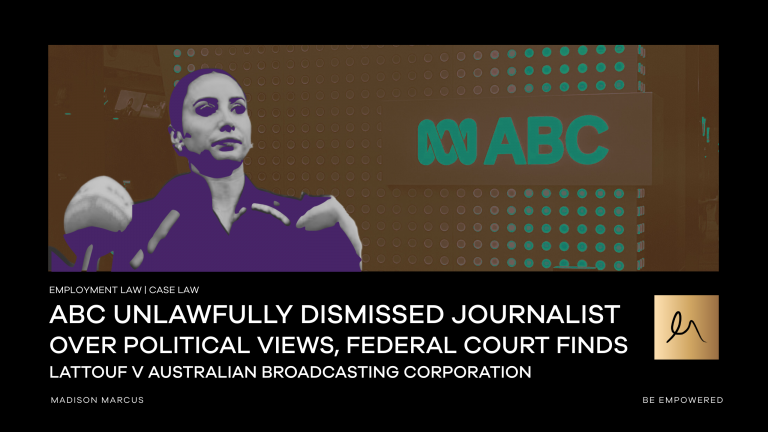It is well known that owners corporations have to maintain their common property and keep it in a state of good and serviceable repair (section 106(1) of the SSMA). If an owners corporation fails to do so, an owner has a specific statutory right to damages, to recover any reasonably foreseeable loss they suffered as a result (section 106(5) of the SSMA).
Under section 106(6), there is a 2-year limit on such a damages claim, reduced from the usual and more general 6-year limit for claiming damages.
In a case recently determined in the Court of Appeal, a dispute arose over $450,000 in lost rent, as to how to interpret that 2-year limit. Which of these was it?
- There is a rolling breach, happening every month when rent was payable, and the owner can only
claim the last 2 years of lost rent; or - The 2 years starts from when the owner first becomes aware of the category of loss (eg the first
time they suffer loss of rent), and has to start proceedings within 2 years of that fixed point,
similar to how defect claims have to commence within 2/6 years of a fixed point (the
occupation certificate).
Tezel case on time limits
The recent case was The Owners – Strata Plan No.74232 v Tezel [2023] NSWCA 35, which was determined by the Court of Appeal on 6 March 2023. In that case:
- The scheme was located in Bondi Beach and comprised 18 residential units.
- From 2013, every time it rained, Ms Tezel suffered water ingress. Ms Tezel first became aware of the loss of rent in 2016, when she couldn’t rent out the unit, and it was unoccupied from then on.
- When proceedings commenced in 2020, the Tribunal initially agreed to make orders for the owners corporation to fix common property, but declined to grant damages, on the basis that the claim was filed out of time (Interpretation B above).
- On appeal, the NCAT Appeal Panel granted damages for the 2 years before the claim was lodged (Interpretation 1 above), and gave the owner a costs order.
- On appeal again, the Court of Appeal said the damages claim was out of time, and declined to order damages, reverting back to the Tribunal decision. The court rejected the owner’s argument that“ the loss recurred on a rolling basis until the breach of s106 was remedied”, so that the owner’s loss re-set each day. The Court of Appeal also ordered the owner to pay the costs of this appeal and the Appeal Panel proceedings.
As a side note, it is important to note that for all NCAT claims, NCAT Rule 23(3)(b) says unless the legislation sets a time limit for commencing, the claims have to be commenced “within 28 days from the day on which the applicant became entitled under the enabling legislation to make the application”, unless NCAT agrees to extend that time. We have run this counter-argument with some success at times. - The phrase “first becomes aware of the loss” in s106(6) refers to the time when the owner “was first aware of the kind or type of loss that they are entitled to recover”. This means the date the limitation period starts running attaches to the effect (suffering loss) and not the cause (defective common property).
- The Court of Appeal will only grant leave to appeal “in those matters that involve issues of principle, questions of general public importance, or an injustice which is reasonably clear, in the sense of going beyond what is merely arguable”. In this case, the court found the issue of principle was significant in the management of schemes generally, including where there is unlimited monetary jurisdiction on these claims, and the error in the Appeal Panel decision is sufficiently clear.
Takeaways
The most important takeaways of this case are:
- Owners whose units become wholly or partially uninhabitable due to defective common property cannot sit back, leave a unit unoccupied, let the damages run indefinitely, and expect to recover those damages from the owners corporation.
- Apart from commencing proceedings within 2 years of first suffering loss, owners also need to take steps to mitigate their loss. This might involve leasing a unit at a reduced rent, if possible.
- It is important to remember that there is no monetary limit on the Tribunal’s power to award damages under s106(5) for failing to maintain common property.







